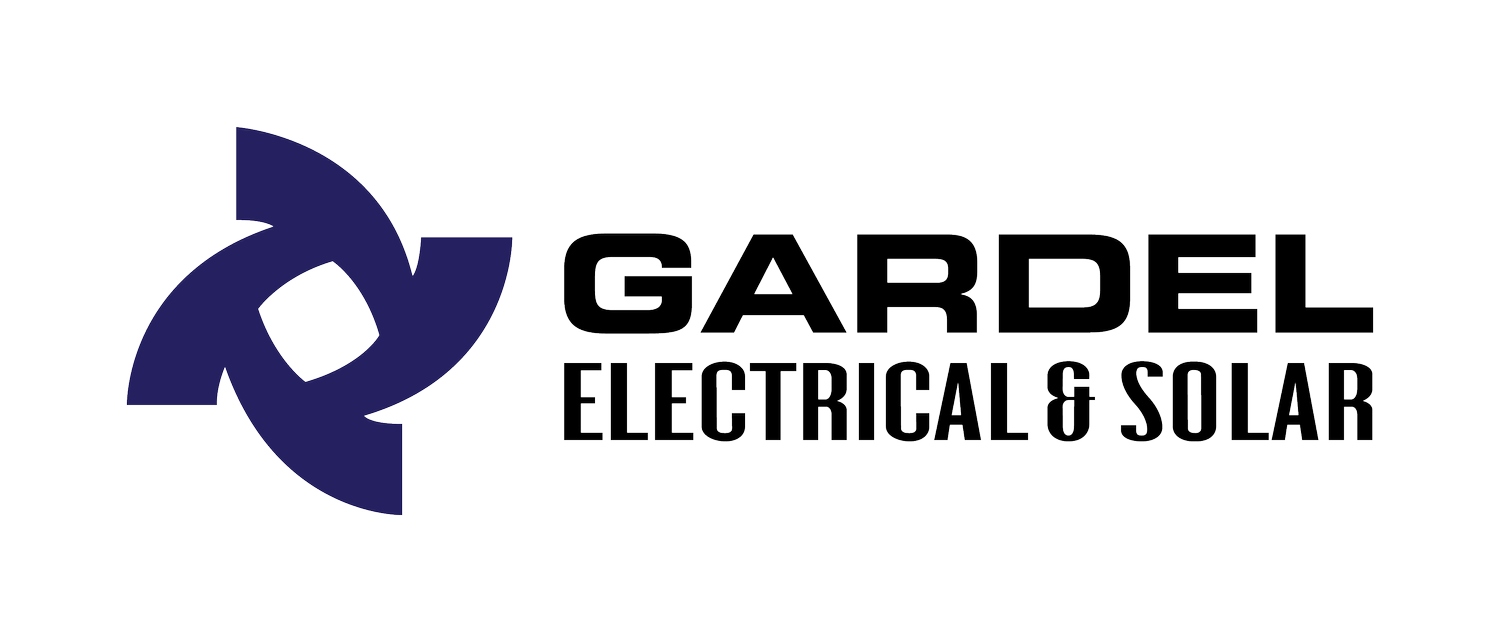Selling solar energy back to the grid
What you need to know about selling surplus solar energy back to the network
You’ve chosen solar power to
reduce your carbon emissions, or
increase the resale value of your house, or
drastically lower your power bills and even earn money from selling your excess power back to the grid, or
all of the above.
That is awesome! It’s an excellent investment in your future. There are some changes afoot with the recently finalised ‘Smart Solar Reforms’.
These changes can affect the way your power company deals with your surplus solar energy feeding back to the power grid. Here’s what you need to know.
The ‘Smart Solar Reforms’ proposal
The Australian Energy Market Commission (AEMC) has recently introduced the following Smart Solar Reforms:
They’ve put the obligation on power network businesses to deliver and report on more solar energy, energy flowing both ways, and removing blanket export bans.
They’re allowing power companies to offer a range of options relating to charging fees for feeding power back to the grid, including a basic free service.
The Australian Energy Regulator has oversight over network changes to the benefit of the consumer.
The new pricing plans for existing customers are to be in place before July 2025.
Solar rebate changes explained
Did you know that as of July 2021, there were over 2.9 million small-scale solar systems installed in Australia?
This means many businesses and homeowners now have the option to supply and manage their energy through grid-connected solar power.
To encourage solar owners to limit solar waste, save money and benefit the grid, the AEMC decided that energy networks will be able to offer a range of solar feed-in tariffs and plans.
Starting in 2025, energy networks may also be allowed to charge households with rooftop solar panels for sending surplus energy back to the power grid with a range of pricing plans.
The reason behind this change is to remove ‘traffic jams’ in the power grid, created by an influx of power from private households into the network on a sunny day.
Ultimately though, it is an effort to be smarter in the way of how and when we use electricity and also support energy storage solutions such as battery technology.
The Victorian State Government and Queensland Government announced that they will not be introducing a fee for solar exports at this stage. Instead, they prefer to support battery technology to address the issue.
How do these solar buyback changes affect homeowners?
First up, don’t worry! Existing solar owners will not be slapped with a mandatory charge every time they feed solar power back to the grid.
Solar power remains a great investment. However, as of 2025, networks will be allowed to offer a range of paid export plans according to the Government’s New Energy Guide.
However, the Victorian and Queensland state government have rejected the solar export fee and referred to it as a ‘solar tax’. It is worth noting though that these governments can still change their mind - which is particularly likely if the government changes in these states - which could impact you.
At the same time, your power provider will have to offer a free basic solar buyback service and must stop putting blanket bans on customers sending solar back to the grid.
Depending on the plan you choose and whether your state government adopts some or all of the changes, you might earn less when the grid is already at capacity, but you could end up earning more during periods of high power demand.
New pricing plans for existing customers are expected to be published before July 2025 so you have plenty of time to make an informed decision.
Ultimately, you may benefit from getting solar for your home or business now, rather than waiting, but it depends on your circumstances. Talk to us about your solar options.
What are the current solar buyback rates in Queensland?
Solar buyback or feed-in tariffs are a rate paid for power that is generated from a renewable electricity generation source (such as a wind turbine or your rooftop solar panel system for example) and fed back into the electricity grid.
What the feed-in tariffs end up being for you will depend on the state you’re in and the current scheme available. Australia doesn’t have a national program to date.
Slightly different solar buyback tariffs apply to Queensland and Southeast Queensland and depend in large parts on the retailer.
The Queensland Government demonstrates the current buy back rates for Queensland at between 6 and 12 cents/kWh when using the Energy Made Easy comparison tool.
The Australian Department of Industry, Energy, Science and Resources also provides good information relating to eligibility for the solar feed-in scheme.
What next?
As soon as more details become available relating to the Smart Solar Reforms, you will hear them from us.
We’ll make sure to keep you posted on any changes and how they might affect you. In the meantime, it is always good to think about steps to maximise your solar system, such as battery storage options, changing solar system location, or adjust your power usage patterns.
Check out our Gardel Electrical Solar Blog for handy tips on maximising self-consumption, solar panel orientation, or more.
And of course, our team will always be happy to discuss options with you and provide professional advice.




